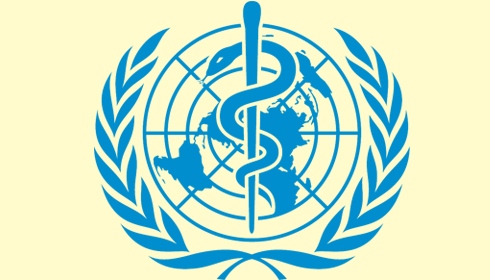
WHO Urges Better Data Collection to Address Violence Against Older Women and Women with Disabilities
Two new publications released today by the World Health Organization (WHO) shed light on the hidden risks faced by older women and women with disabilities in terms of abuse. Despite their vulnerability, their plight remains largely overlooked in global and national violence-related data, prompting calls from the health agency for improved research to ensure these marginalized groups are accounted for and their specific needs addressed.
According to Dr. Lynnmarie Sardinha, Technical Officer at WHO and the UN Special Programme on Human Reproduction (HRP) for Violence against Women Data and Measurement, older women and women with disabilities are often underrepresented in violence research. This gap hampers efforts to tailor programs to their unique needs. Understanding the diverse impact of violence on women and girls and their access to services is crucial to ending violence in all its forms, Dr. Sardinha emphasized.
Research findings highlight disturbing trends. One systematic review revealed higher risks of intimate partner violence and sexual violence among women with disabilities compared to those without. Another review underscored the prevalence of physical and/or sexual intimate partner violence among women aged 60 years and older.
The publications stress that older women and women with disabilities face not only intimate partner and sexual violence but also additional forms of abuse, sometimes perpetrated by caregivers or healthcare professionals. Coercive and controlling behaviors, such as withholding medicines or financial abuse, further compound their vulnerability.
Dr. Avni Amin, Head of the Rights and Equality across the Life Course Unit at WHO and HRP, noted that gender-based violence is rooted in unequal power dynamics, which are further exploited in the case of older women and women with disabilities. Their dependency and isolation make them more susceptible to abuse.
To address evidence gaps, WHO recommends extending the age limit for survey participation and incorporating questions related to different types of violence and disabilities. The agency stresses the importance of engaging older women, women with disabilities, and their representative organizations in all phases of survey design and implementation to ensure inclusivity.
The publications, "Measuring violence against older women" and "Measuring violence against women with disability," are the first in a series on neglected forms of violence and were developed as part of the UN Women-WHO Joint Programme on Violence against Women Data. They are intended to guide researchers, national statistics offices, social care and welfare services, and others involved in data collection on violence against women.
Funding for the initiative has been provided by the Foreign and Commonwealth Development Office of the Government of the United Kingdom of Great Britain and Northern Ireland. In addition to the briefs, WHO has developed a survey module to support data collection on violence against older women, with resources to include measures of disability set for release later this year.